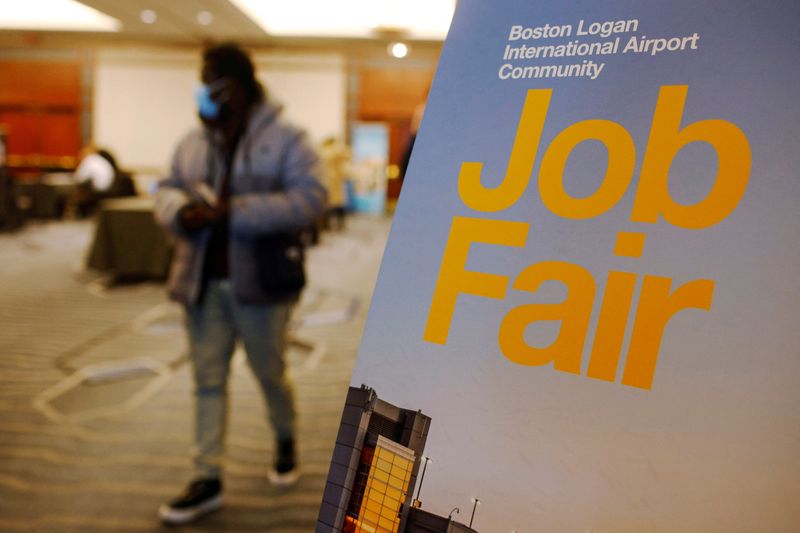Gold prices set for weekly gains on dovish Fed outlook; silver near record high
By Geoffrey Smith
Investing.com -- The pace of hiring in the U.S. private sector slowed markedly in August as an overheated labor market started to cool, according to payrolls processor ADP (NASDAQ:ADP).
The company said in a revamped version of its monthly report that private-sector payrolls rose by 132,000 through the month, well short of a consensus forecast of 288,000.
"Our data suggests a recent shift toward a more conservative pace of hiring, possibly as companies try to decipher the economy's conflicting signals." ADP chief economist Nela Richardson said in a statement. "We could be at an inflection point, from super-charged job gains to something more normal."
ADP registered no net gain in manufacturing jobs in the month, although construction posted a 21,000 gain. Hospitality and leisure contributed the most of any sector, with a 96,000 increase, while employment in financial services, education and business services all fell.
ADP had suspended the publication of its monthly hiring survey earlier this year after signs of increasing divergence with the Labor Department's official data, which are usually released two days later. Analysts expect nonfarm payrolls to have risen by 300,000 through the middle of August, which would also signify a clear slowdown in the pace of hiring from July, albeit not as sharp as suggested by ADP's numbers.
"If [the official labor market report] is anything close to 132K, that would be a much-needed tailwind for risk sentiment and will help cool yields and Fed tightening assumptions," said analysts at Vital Knowledge in a note to clients.
They also argued that pay growth appeared to be plateauing after a period of rapid gains. Annual pay was still up 7.6% on the year according to ADP, well ahead of the 2% rise it was showing a year ago.
However, the survey pointed to much bigger pay raises for those changing their jobs - a factor that gains in importance with the current high rate of vacancies. Job-changers enjoyed an average 16.4% increase in pay in the year through August, ADP said.
The labor market and the housing market have been singled out repeatedly by the Federal Reserve as areas where it hopes to make a big difference to inflation by curbing excess demand. Cleveland Fed President Loretta Mester said in a speech earlier that the Fed needs to raise the fed funds target rate to above 4% "and hold it there" through next year, steering against market hopes that a weakening economy will persuade it to start a new rate cutting cycle already in 2023.
